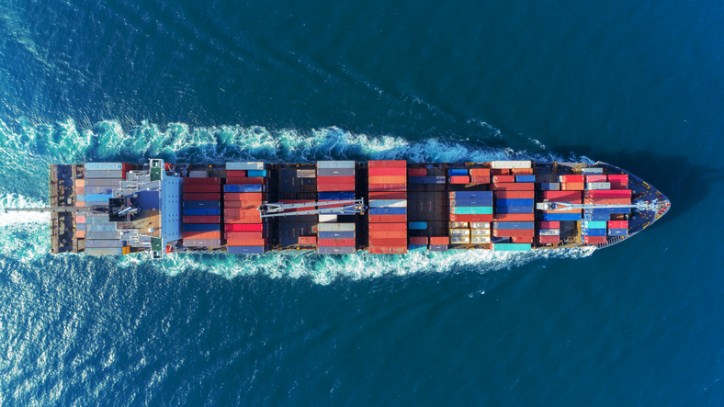In this second of two posts on the 2019 World Accreditation Day theme of “Accreditation: Adding Value to Supply Chains,” the focus is on how accreditation delivers confidence in the supply chain.
Increasingly, product supply chains are global and complex, and any disruption in the supply chain can affect profitability, reputation, and customer loyalty.
Given the complexity of modern supply chains, confidence in the measurements, tests, inspections, and certifications conducted anywhere in the chain is essential. Without such confidence, technical barriers or varied quality levels can hinder the free exchange of goods and services and thereby increase costs for importers and consumers.
It’s cost-prohibitive for governments and regulators to carry out all the testing, inspection, and certification needed to protect public health and safety. Increasingly, governments are allowing private sector providers to earn recognition to perform verification of compliance processes following government regulations that specify requirements to be met and procedures to be employed for demonstrating compliance.
Activities such as testing, certification, and inspection – collectively known as conformity assessment – are used to verify that products and services meet standards or technical specifications. In the regulated sector, conformity assessment demonstrates compliance with legislative requirements. In the voluntary sector, it provides assurance to importers and consumers that products and services meet specifications.
As conformity assessment bodies are mostly commercial organizations, accreditation provides the means to assess and attest to the technical competence of these organizations to provide credible and reliable results and data.
Accreditation bodies ensure that laboratories, inspection bodies, and certification bodies are subject to oversight by a competent body. Credible accreditation bodies undergo rigorous evaluations to demonstrate their competence and sign international arrangements that facilitate the global acceptance of products and services. This global infrastructure supports trade, the regulatory approval processes, and confidence in the supply chain.
According to the World Economic Forum, these arrangements among accreditation bodies cover economies representing 96% of global gross domestic product. They are managed by IAF and ILAC to help ensure the work carried out by accreditation bodies is consistent across the globe and maintains international standards. Thus, products and services tested, inspected, or certified once under the IAF and ILAC umbrellas can be accepted everywhere with equal confidence. As a result, accreditation reduces information asymmetries in supply chains and serves as a means of communication between international trade partners.
In recent years, governments and regulators have embraced recognition of accreditation and the acceptance of the IAF and ILAC international arrangements. Mainstream acceptance of accreditation by both pan-regional bodies and domestic regulators within individual governments also helps member governments of the World Trade Organization meet their responsibilities under the Technical Barriers to Trade Agreement and the Sanitary and Phyto-sanitary Measures Agreement.
